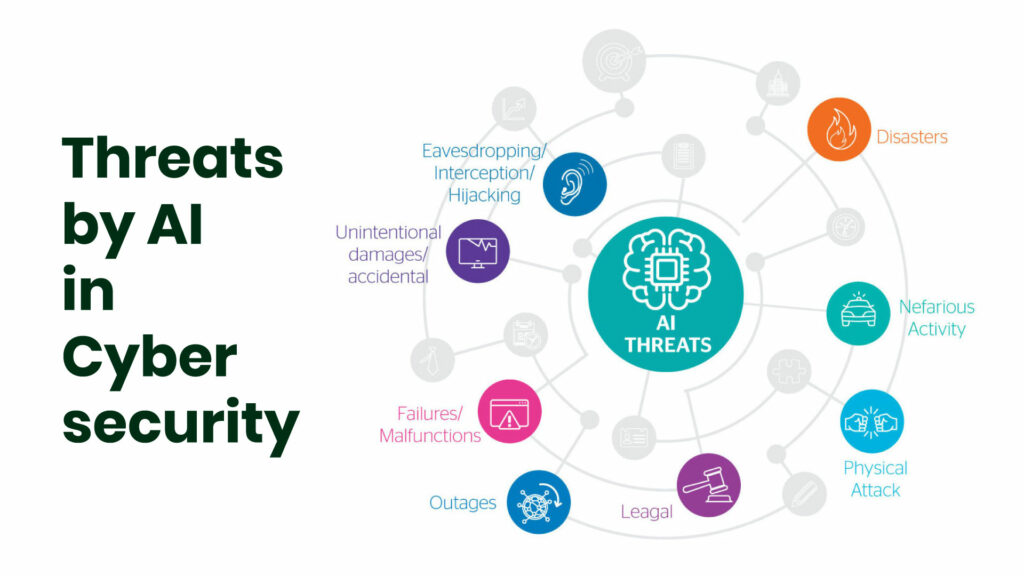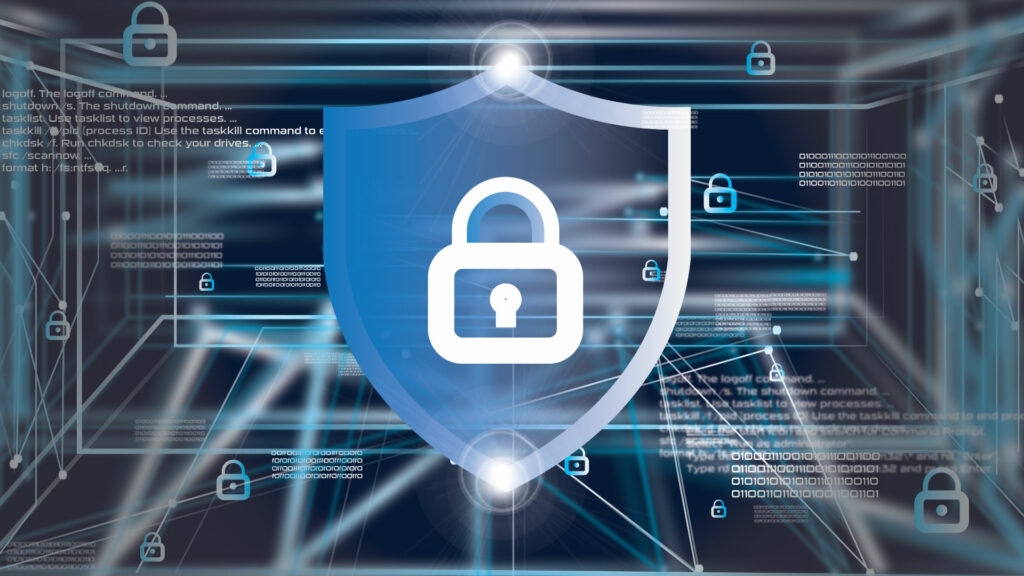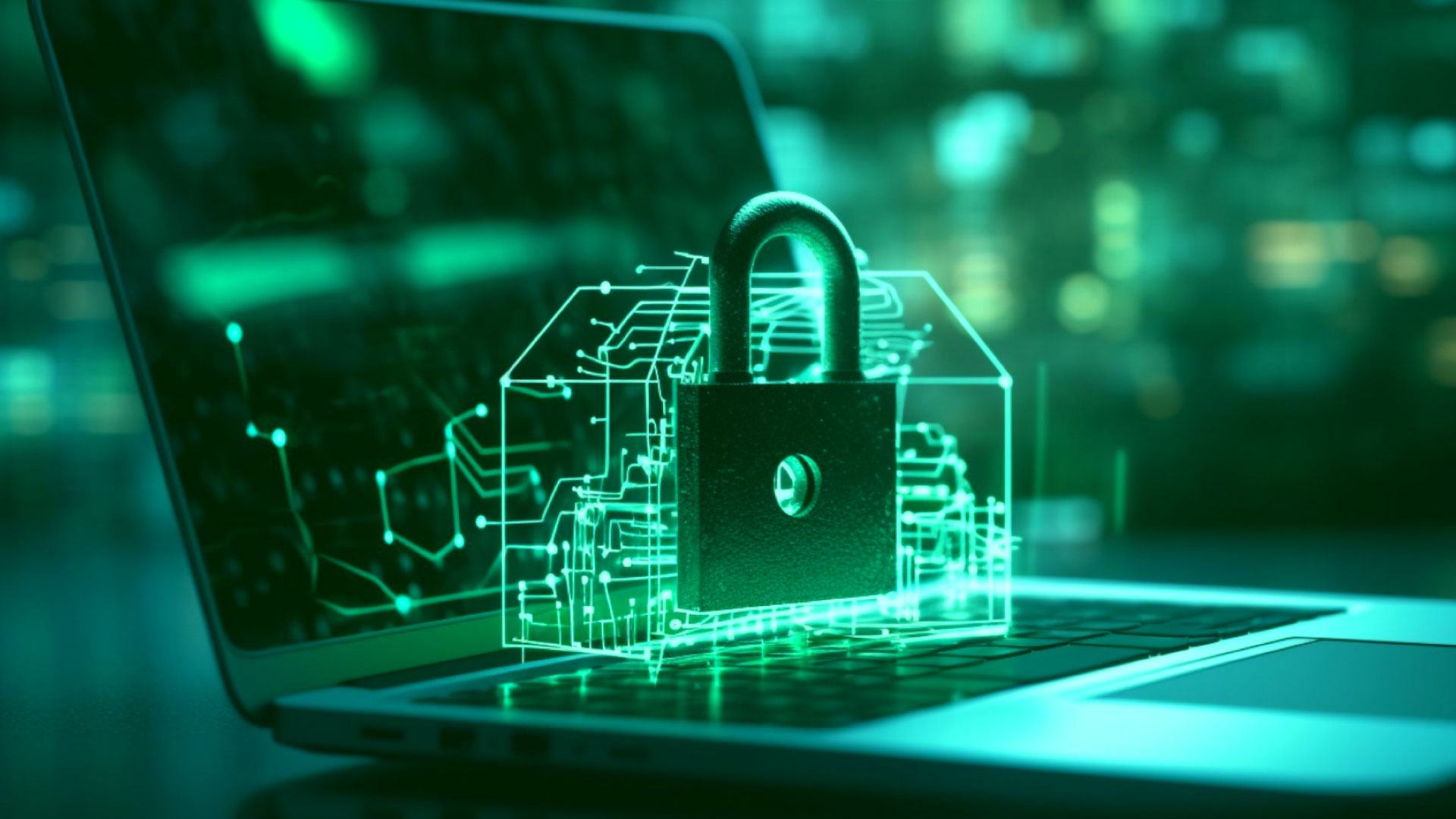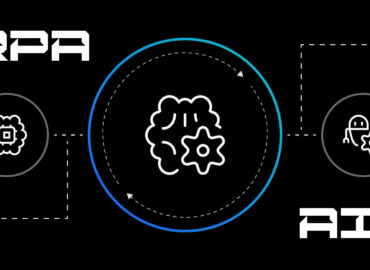The Role of AI in Cybersecurity: Threats and Solutions
Introduction
Artificial intelligence has brought about a technological revolution in the modern world. It has far-reaching benefits for every field and discipline, from mechanics to education. Some recent developments, such as Open AI’s Chat GPT, AI in healthcare, robotics, and quantum computing, have opened new doors to be explored. It brought huge success, as Grand View Research estimates the global market for AI to be 1.8 trillion dollars by 2030.
In short, AI has the potential to evolve our worldview entirely and it’s happening much faster. But besides its advantages, many threats lurk in its use. Experts are also discussing the limits to which AI can serve as an aid and where it must be shunned. AI ethics are also introduced to provide a legitimate use of this technology. The major concern is cybersecurity, which is greatly affected by AI. Where AI has increased security and strengthened cyber safety, it has also posed many threats.
Below, we shall see the role of AI in cybersecurity, the possible threats to this technology and its solutions.
Role of AI in Cybersecurity
AI has made leaps in the field of cybersecurity. It is a basic requirement in every field, from healthcare to IT, because data must be secured without a threat of interception. What makes AI hyperfunctional is the incorporation of machine learning, deep learning, and generative artificial intelligence. Let’s take a look at how AI has increased and improved data security in the following ways:
1. Malware Detection
AI is programmed to detect any threat or security breach. Not only that, they can recognize abnormal patterns in data scrutiny. The automotive response of generative AI serves as great support in this matter. The deep learning technology identifies any foreign threats and creates security alarms. It can also divert the route of incoming threats and IT professionals can further tackle the problem.
2. Competency
AI can incorporate large amounts of data and undertake tasks at a much faster speed. It can collect and connect data from multiple devices and provide a comparative analysis. It also tracks faults and vulnerabilities left in the system to increase security.
3. Cost-effectiveness
Overall, AI can be a great investment for strengthening security. Instead of hefty hardware and security personnel, AI is an all-in-one solution. Its algorithms are more acute and efficient in data correlation. Moreover, it can be updated by installing new functions and technicalities. Lastly, its speech and image recognition are timely and can provide a greater overview.

Threats by AI in Cybersecurity
AI has provided ease and comfort to a greater extent. But on the other hand, it has cons like any other technology. Its benefits can be equally used to harm and manipulate. Many companies, like Samsung, have banned their employees from using AI, given its likely threats. Around 3/4th of companies are debating the role of AI and its role in driving business. Some of the main concerns about AI are as follows:
1. Malafied Content
The automated function of AI can be used to insert malware into the host’s system. AI is capable of replacing algorithms and codes to create errors and suspend regular functions. It has many escape routes that let malicious bots extract important information.
2. Cyber threats
AI can easily generate new hacking techniques by mimicking the system. It can also undertake phishing attacks to interrupt the system and then corrupt data. Moreover, some advanced bots can go undetected in the system and cause serious security issues. It can create a total reversal of the host’s system and lead to a false revision of data.
3. Deep fakes
AI can be a grave risk to personal security. However, its image and speech recognition technology can be beneficial in identifying criminals or hostile activities. But it can create a similar threat for common people. There will be more victims of this technology if it falls into the wrong hands. It can have far-reaching effects and it will be difficult to separate real from fake.

Solutions to Cybersecurity
Besides many of the potential threats of using AI, several precautions can be adopted. There must be a balance when introducing AI for cybersecurity tasks. There must be defined limits and a responsible attitude towards incorporating artificial intelligence as a guard for human privacy.
1. Ethics in AI
There must be definitive laws to govern AI. Experts must lay down the rules and regulations for the use of AI tools. Access to AI must be restricted so that it is not abused. Despite the efficacy of artificial intelligence, there must be proper monitoring of the system to avoid cyberattacks and misuse.
2. Optimization
AI algorithms are not self-regulatory and need to be optimized. The frameworks must be assessed and reframed if necessary. Similarly, updating software and adopting the latest settings can reduce the risk of aching or foreign invasive bots.
3. Auditing
Regular audits must be performed to keep AI in check. A responsible team must periodically look for risks and faultlines. It will require technical help, which will professionally analyze the performance of a company’s data. It is essential to run AI through the required testing to avoid blunders in the long run.
Conclusion
Artificial intelligence has a sure place in the realm of technology. It will transform the world for good and bring great promise to many disciplines. Side by side, it has created many potential risks and difficulties. Part of this concern is a lack of information but with time, experts will be able to elaborate on the functions and restrictions of AI. Security is the prime subject and is given priority over everything. The final argument is to use the technology wisely, keeping in mind the threats and make an informed decision.







